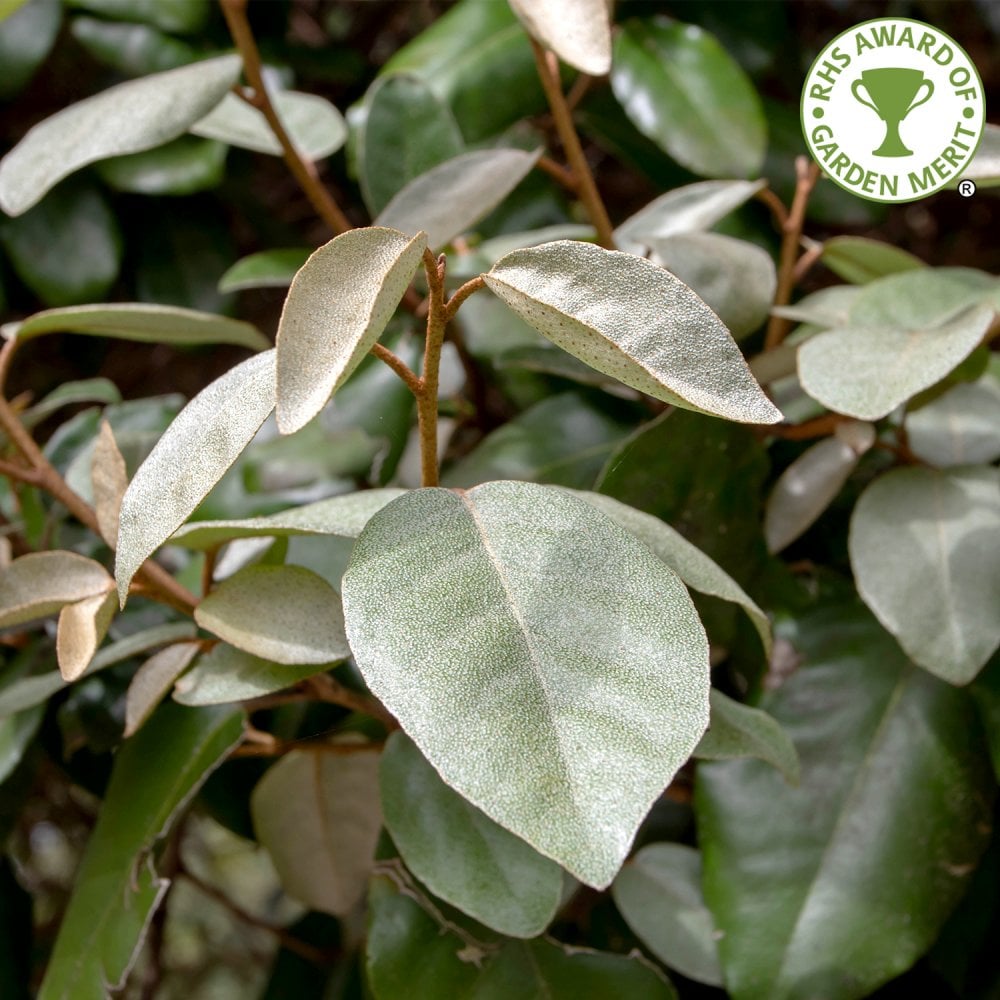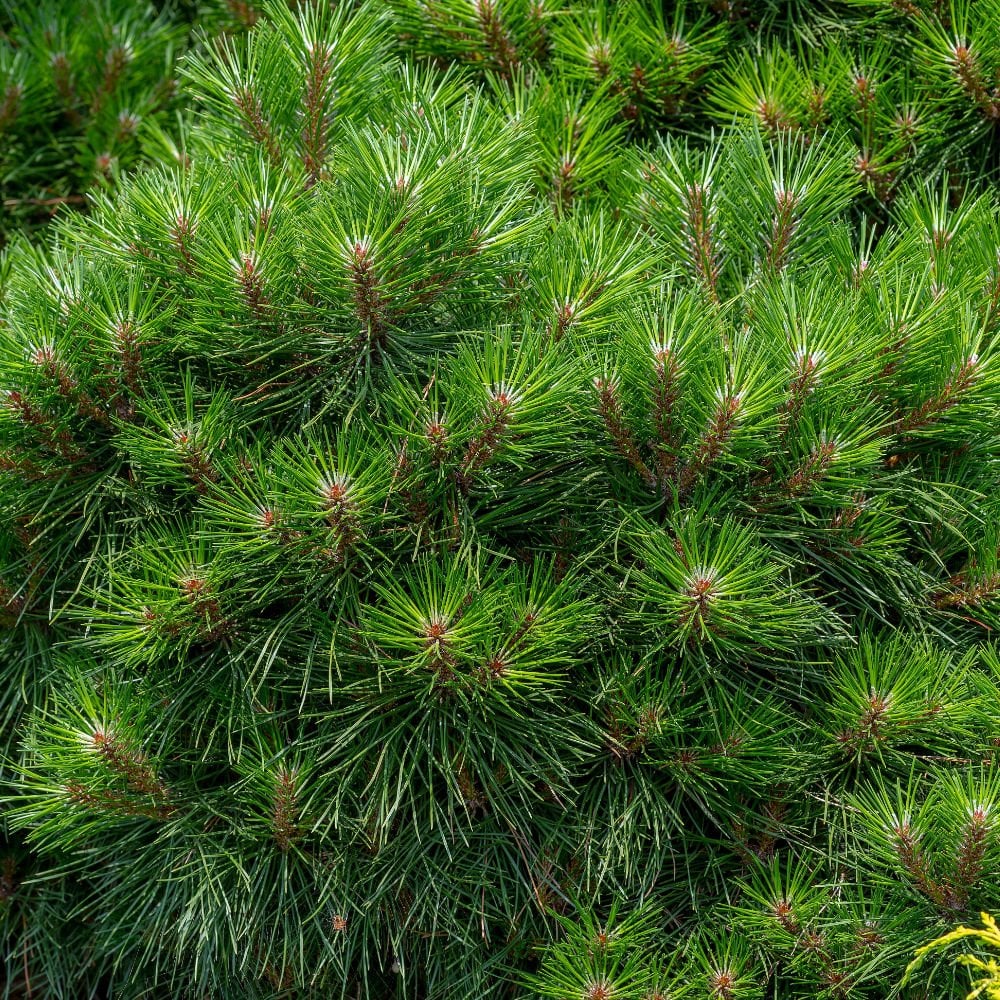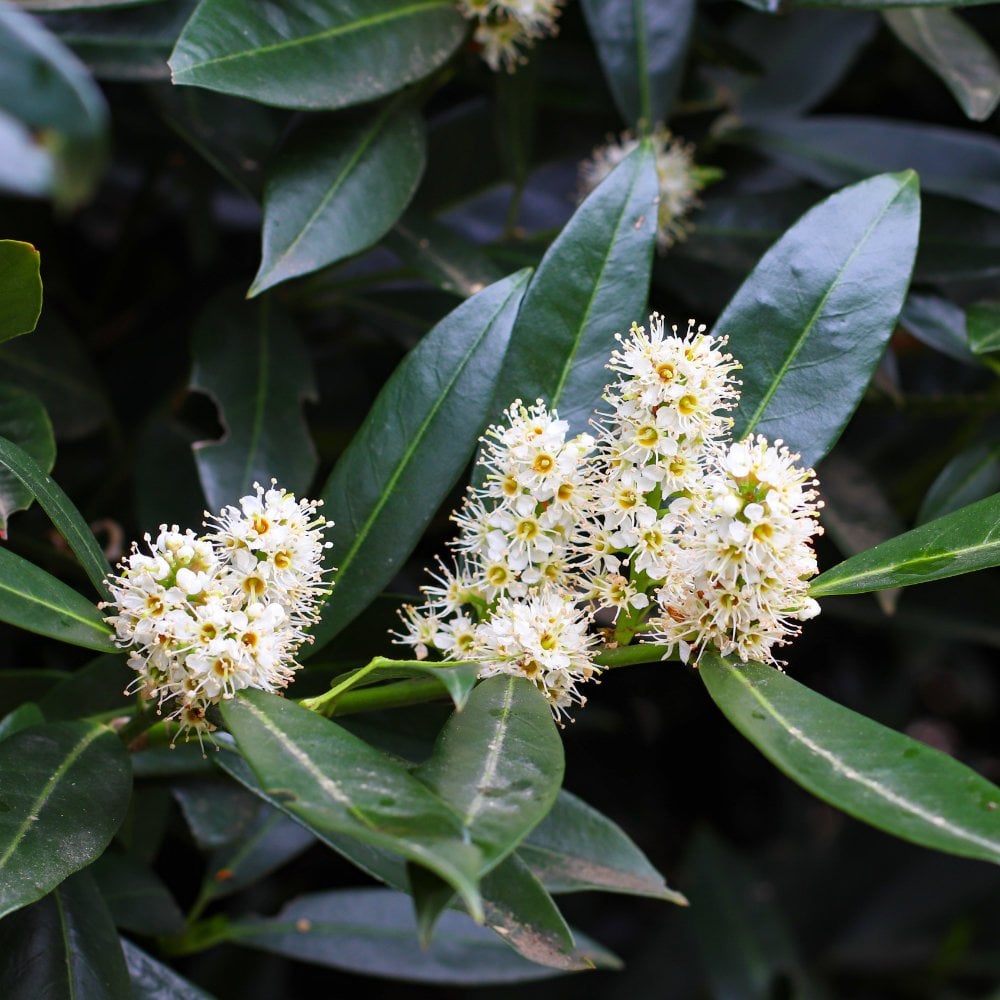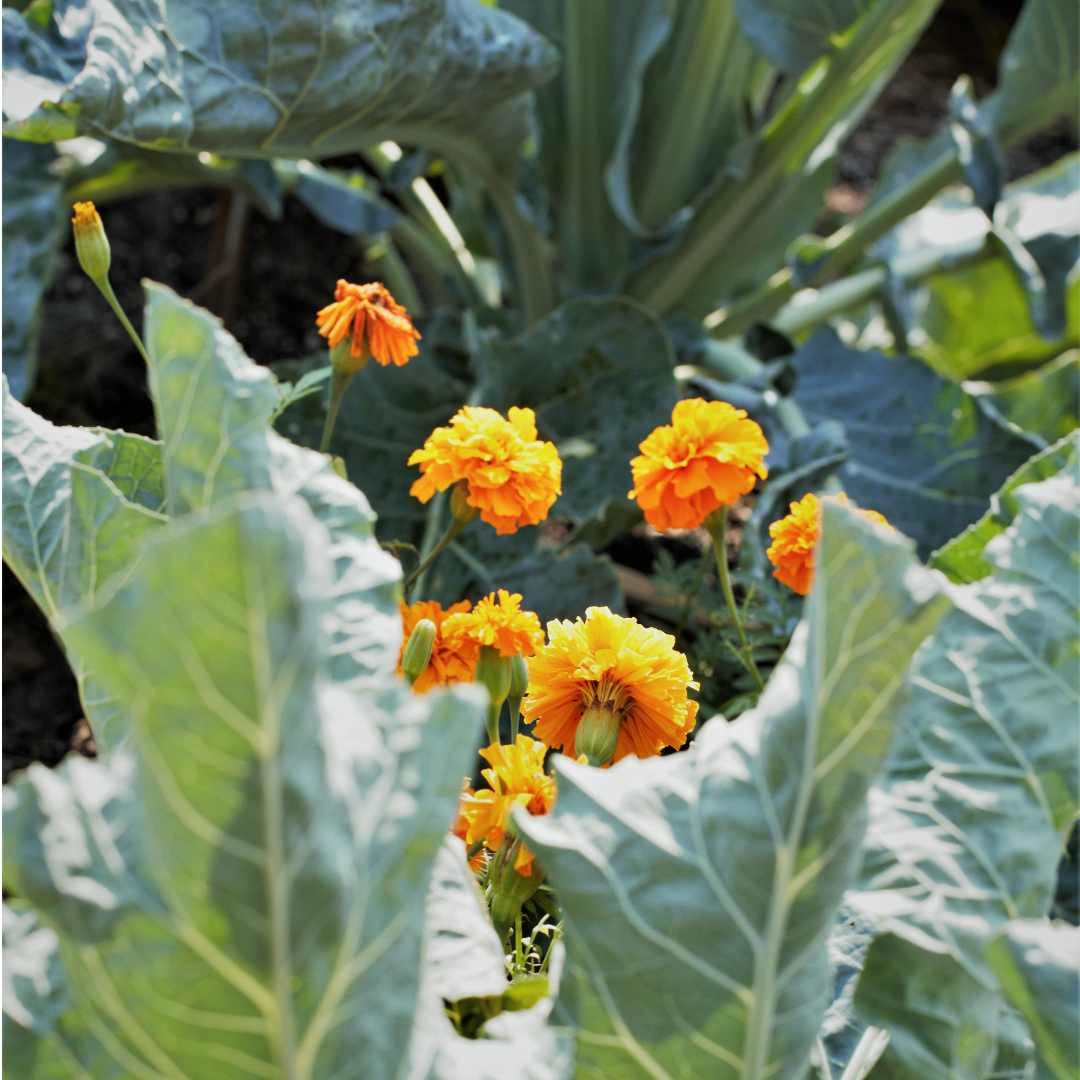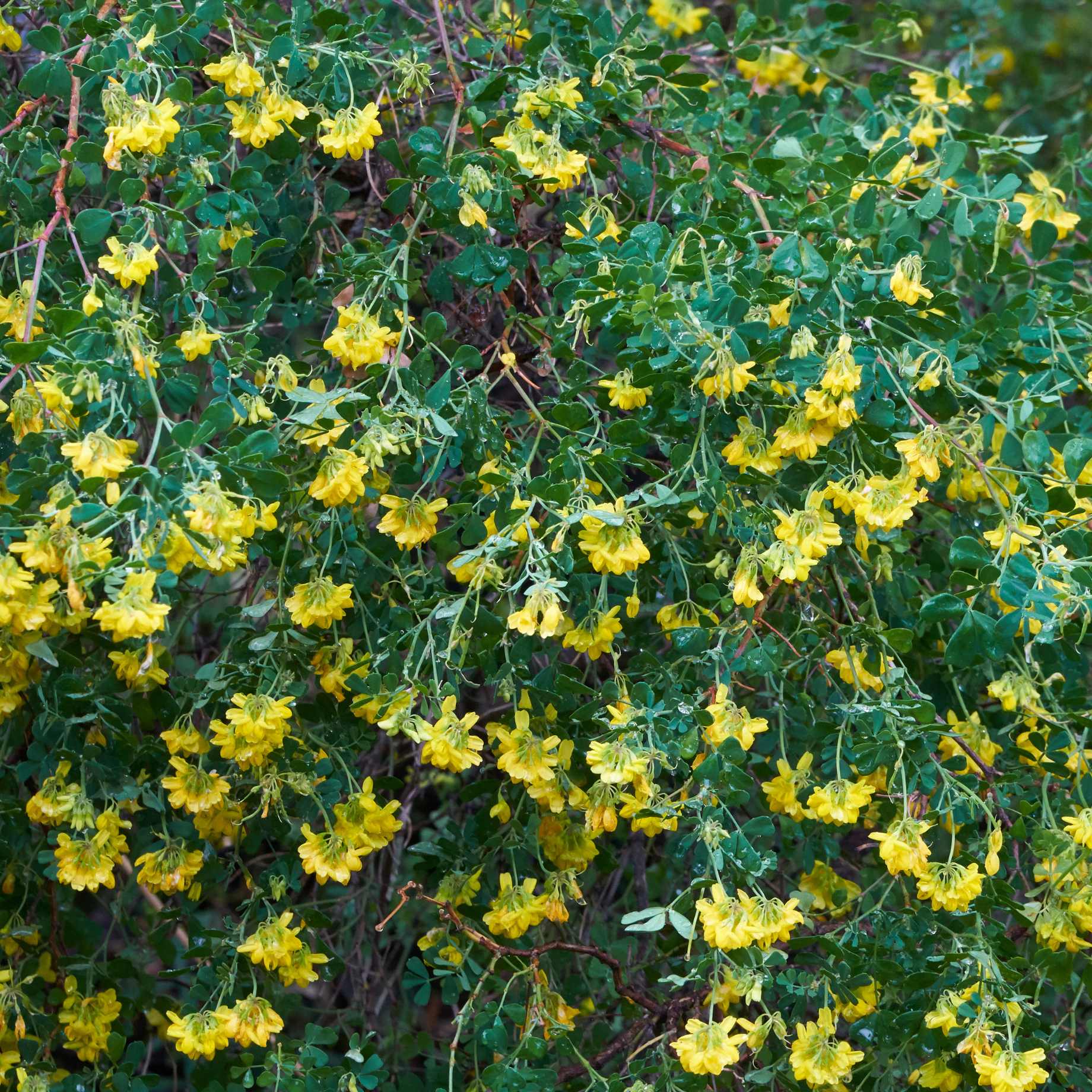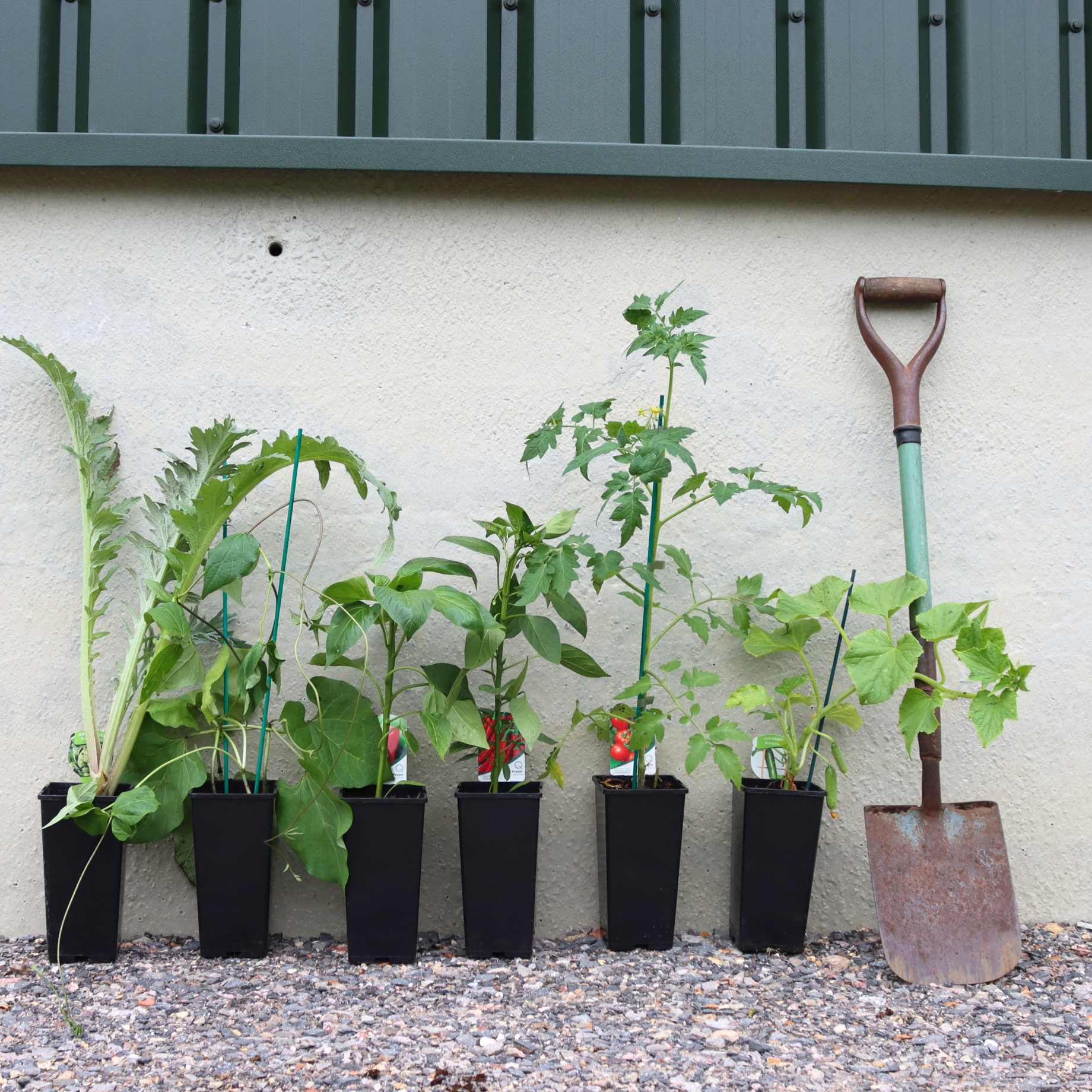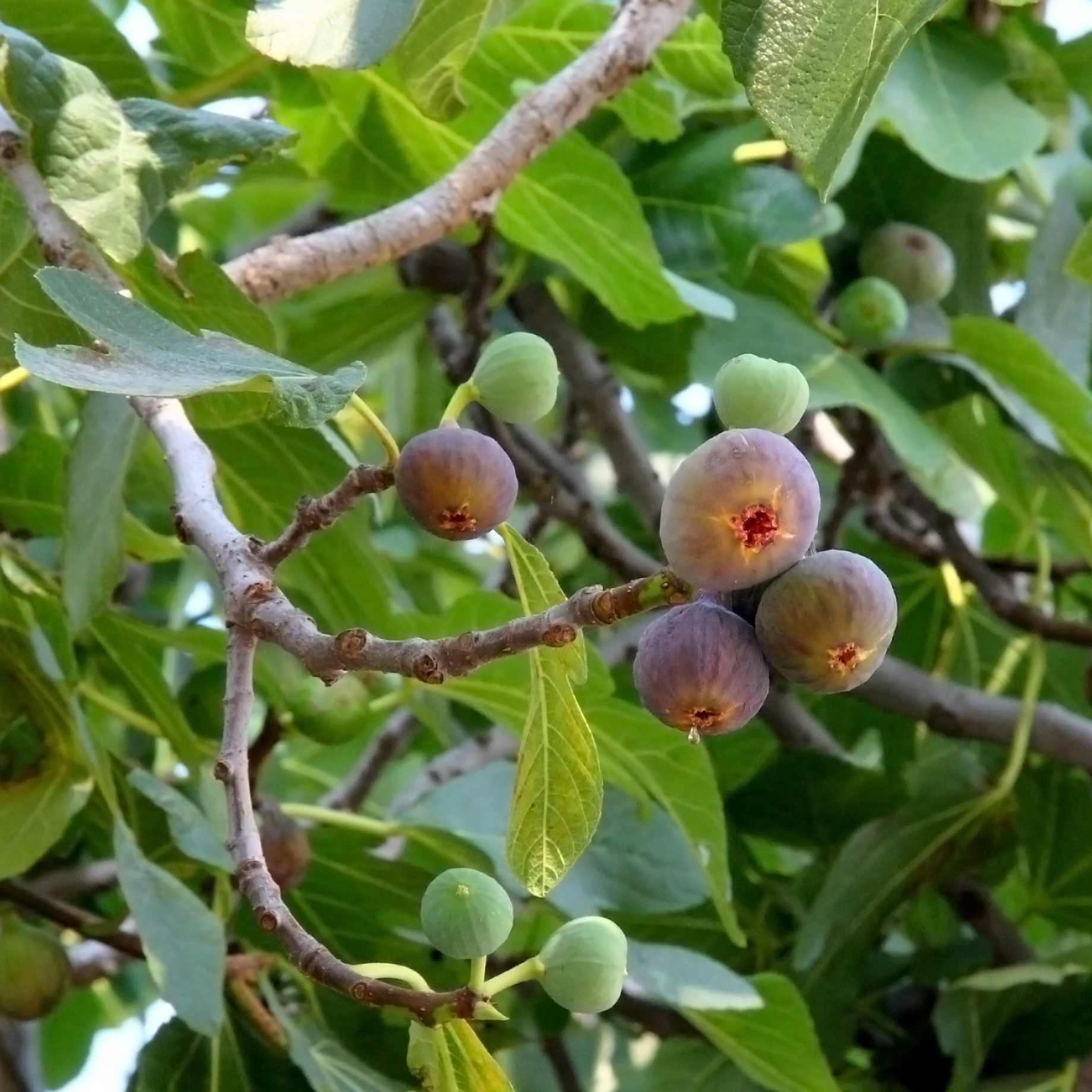Key features
FoliageDark green leaves year-round (evergreen)
FlowersSmall white fragrant flowers in autumn
PositionFull sun to part shade
SoilPrefers moist yet well-draining soil
Description
Elaeagnus x ebbingei, commonly known as Ebbinge’s silverberry, is a large, dense evergreen shrub with a rounded growth habit, typically reaching a mature height and spread of around 4 meters. It features leathery, broad leaves that are either dark green or metallic sea-green with silvery undersides. We offer this variety as pleached, trained to develop a flat, two-dimensional shape along stakes or wires, making it an ideal choice for an elevated hedge or screen. In autumn, small, fragrant white flowers bloom, sometimes followed by vibrant orange fruits in winter, providing additional seasonal interest and attracting wildlife and pollinators to the garden. This shrub thrives in moist, well-drained soil and prefers a position with full sun to partial shade.
AKA: Ebbinge’s silverberry, Elaeagnus × ebbingei
Planting Steps
1Preparation
- Pot-grown plants can be planted at any time of year, whereas bare roots need to be planted between November and March.
- Clear weeds and grass within a metre of the planting hole.
- Dig a hole as deep as the root mass and twice as wide.
- To help your plant establish more effectively, sprinkle Rootgrow in the hole.
2Planting
- Gently loosen the roots and place into the planting hole.
- Ensure the top of the plant’s compost is flush with the level of the surrounding soil and the graft union or collar of the tree is above ground level.
- Mix 50% of the original soil with 50% compost.
- Fill in the hole, firming the soil gently.
3Last Steps
- Water generously around the base of the plant.
- If you are planting either a single stem tree or mature standard tree, we recommend adding a staking kit and rabbit guard.
Aftercare Advice
Trees and shrubs require a good watering regime for a couple of years whilst they establish. Water well and regularly through spring and summer, increasing in hot or dry weather. If planting in autumn, you may only need to water a little. It is advisable to keep the area free of competing weeds and grass during this period.
For more detailed advice and video guides, please visit our Help & Advice section.

